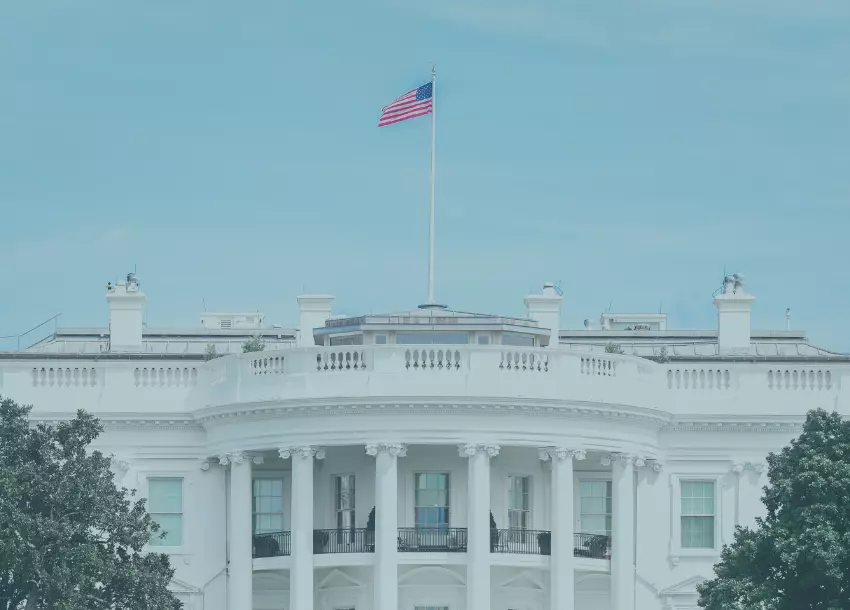New Year, New NLRB
As we enter the New Year, the National Labor Relations Board (NLRB) is under new leadership and has begun returning the nation to a more balanced labor policy. The NLRB is responsible for enforcing the National Labor Relations Act (NLRA), which governs labor management relations at unionized and non-unionized employers. The NLRB’s composition and leadership fluctuate based on presidential elections. Under the new administration, the NLRB has returned to a more moderate approach to labor relations issues and begun reversing some pro-union rulings generated during the prior administration. Recently, in December 2017, the NLRB changed course on several issues important to employers, including:
“Micro Units”
Under the prior administration, the NLRB made it easier to unionize small sub-sets of employees within a larger workforce. Created by the Specialty Healthcare and Rehabilitation Center of Mobile decision, these small groups of employees, known as “micro units,” were allowed to unionize without concern regarding the other employees. On December 15, 2017, however, the new NLRB reverted to a more long standing precedent, known as the “community of interest” test, to decide whether a larger group of employees, based on their shared working conditions, should vote about unionization, rather than only a smaller sub-set.
Joint Employment
Many workforces are comprised of people who work for different employers, such as a temporary employment agency. A few years ago, the NLRB issued a controversial decision making it easier to combine these employees, who work for different employers, pursuant to the joint employment doctrine. Under the Browning-Ferris Industries ruling in 2015, joint employment status could be established basically by showing that one employer had indirect or potential control over employees of another employer. Late last month, however, the NLRB returned to a more traditional test for joint employment: whether one employer exercised actual and direct immediate control over the working conditions of the employees of another employer. Employers welcomed the return to the traditional test, which offers more certainty and less subjectivity. Also, the ruling will likely help clarify whether franchisors are responsible for a franchisee’s employees under the joint employment doctrine.
Employee Handbooks
Employee handbooks convey important information about the workplace. Over the past several years, the NLRB had scrutinized many standard handbook provisions using a very subjective standard and invalidated many policies as potentially “chilling” the exercise of NLRA rights. Last month, however, the NLRB reversed course and established a more predictable, less subjective test that focuses on two factors: “(i) the nature and extent of the potential impact on NLRA rights, and (ii) legitimate justifications associated with the rule.” Under the new analysis, it will be easier for employers to draft and enforce important personnel policies such as “no camera” and “civility” rules.
The new NLRB’s recent rulings have begun returning to more moderate and less subjective rulings, benefiting employees and employers. Similar changes are expected to continue this year.
Our Insights are published as a service to clients and friends. They are intended to be informational and do not constitute legal advice regarding any specific situation.
About Maynard Nexsen
Maynard Nexsen is a full-service law firm of 600+ attorneys in 31 locations from coast to coast across the United States. Maynard Nexsen formed in 2023 when two successful, client-centered firms combined to form a powerful national team. Maynard Nexsen’s list of clients spans a wide range of industry sectors and includes both public and private companies.
Related Capabilities







